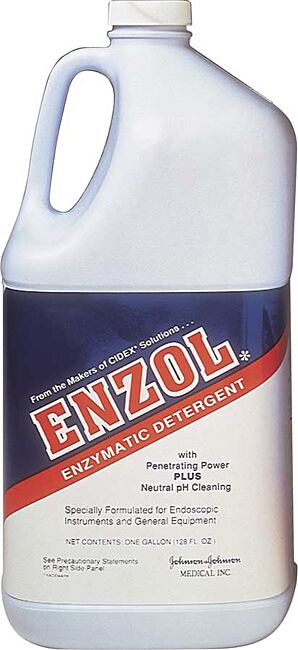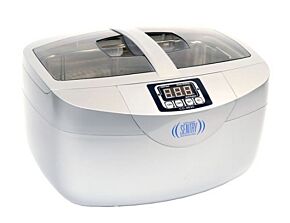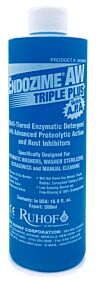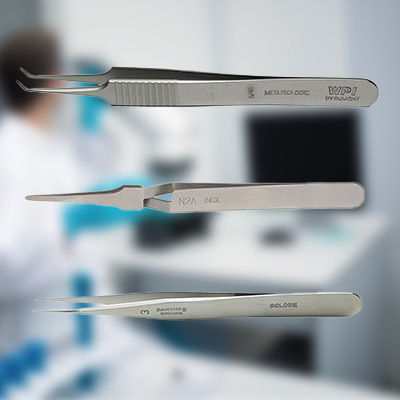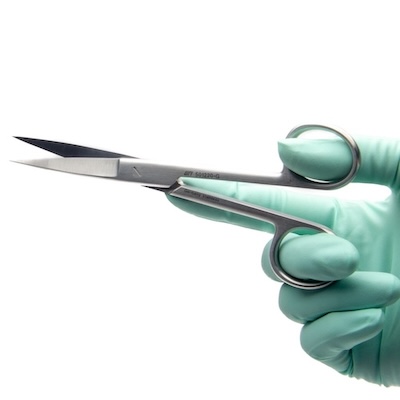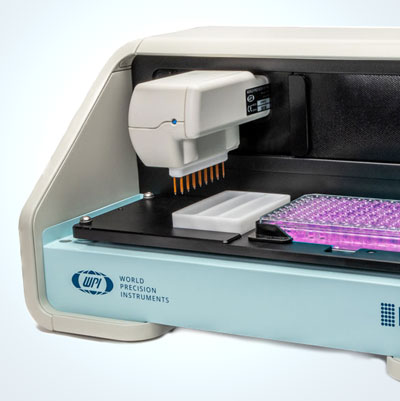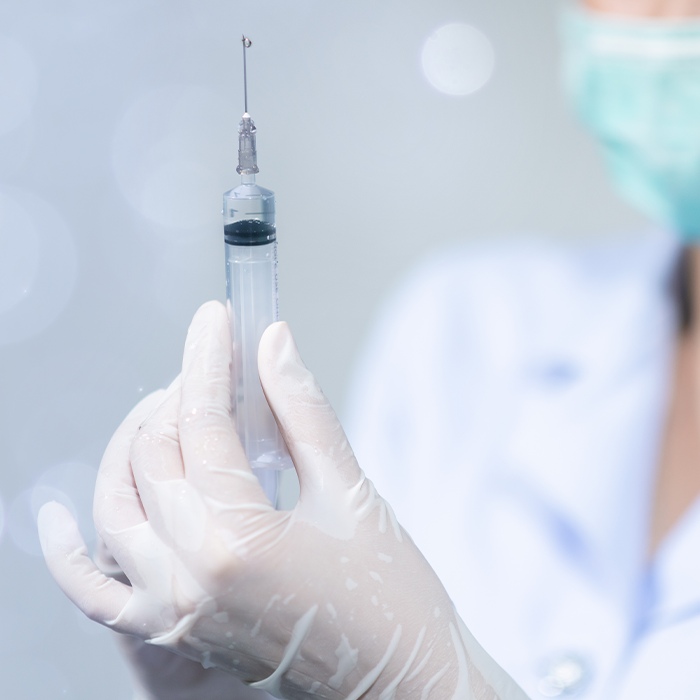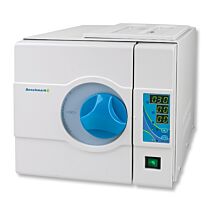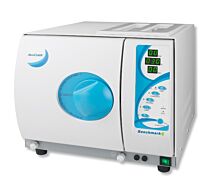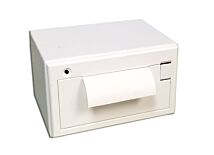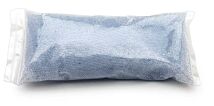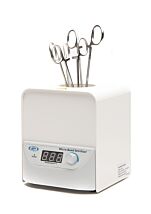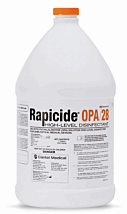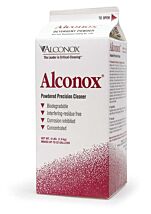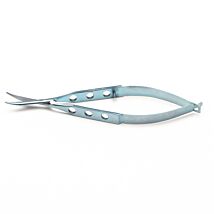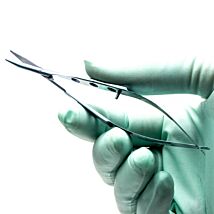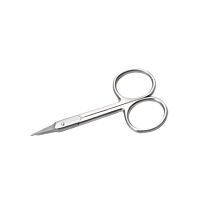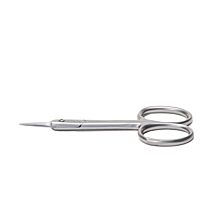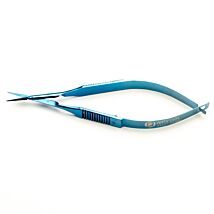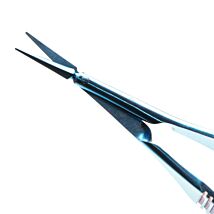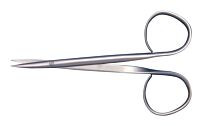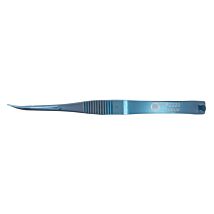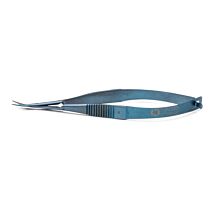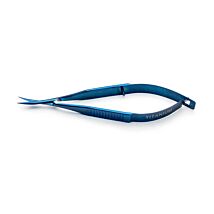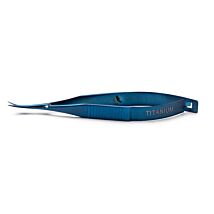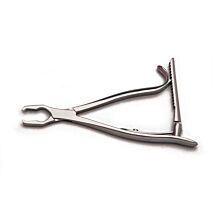This website uses cookies to ensure you get the best experience on our website.
Read more
Enzol Enzymatic Detergent, 1 Gallon
$123.00
Prices valid in USA, Canada, and PR only.
Order code
7363-4

Prices valid in USA, Canada, and PR only.
Your Results Depend on Clean Equipment
Dirty surgical instruments with remnants of hidden debris, built-up proteins and spots of rust can corrupt you research results, invalidating all your work. Enzol is a fast, effective protealytic detergent designed for cleaning surgical instruments. After a good cleaning, you may proceed to disinfection and sterilization according to your GLP (good laboratory practice). Cleaning instruments is always the first step towards sterilization. A detergent like Enzol assists in the removal of the debris that could also interfere with further disinfection/sterilization.
Prices valid in USA, Canada, and PR only.
Features
- 1 gallon size
WPI also offers chemical agents for High Level Disinfection (HLD), which kills most microbes and some bacterial spores. Cidex Plus® (3.4% glutaraldehyde) can be used as a high level disinfectant. The CDC recommends a 90 minute soak at 25°C. While dry heat and autoclaving is the preferred method of sterilizing surgical instruments, some chemical sterilants may be used. Cidex Plus® can be used as a HLD disinfectants or as a sterilant, depending on the exposure period. Surgical Instruments soaked in Cidex Plus® for 10 hours at 25°C are sterile.
For more then 20 years, hospitals worldwide have saved hundreds of thousands of dollars by using Surgistain® to restore instruments. Used routinely as part of the Ruhof System, Surgistain® will help maintain the life and efficiency of your instruments and reduce repair and replacements costs. If used on a monthly basis in conjunction with our enzymatic cleaners, Surgistain® will restore the instruments' original finish and loosen box-locks and joints. It is an excellent choice for use on all ophthalmic and microsurgical instruments.
Why Use ENZOL to Clean Surgical Instruments?
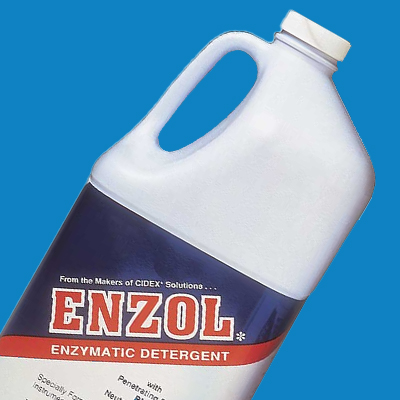 ENZOL® Detergent is a mild pH enzyme-based, presoak-plus-cleaner for removing tough, dried-on or hard-to-reach organic matter from instruments before they are disinfected in CIDEX® Solution. The proteolytic enzymes break down organic matter in one easy step. Enzol® is fast--results begin in one minute. Preteolytic enzymes penetrate and break down protein, reducing the need for mechanical cleaning.
ENZOL® Detergent is a mild pH enzyme-based, presoak-plus-cleaner for removing tough, dried-on or hard-to-reach organic matter from instruments before they are disinfected in CIDEX® Solution. The proteolytic enzymes break down organic matter in one easy step. Enzol® is fast--results begin in one minute. Preteolytic enzymes penetrate and break down protein, reducing the need for mechanical cleaning.
- Effective at room temperature (no need for hot water)
- Safe for instruments, including delicate endoscopes
- Mild pH reduces likelihood of corrosion
- Easy to rinse, so it won't clog scopes or leave a residue on instruments
- Low foaming, making it effective for use in automated equipment
Why Use CIDEX for Sterilizing Surgical Instruments?
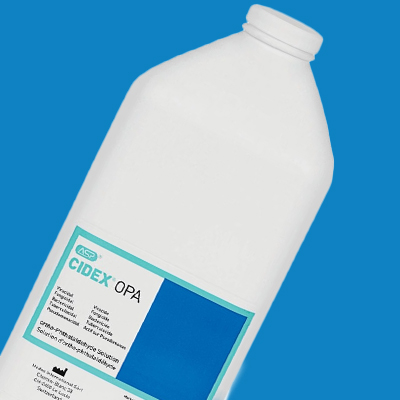 CIDEX OPA® Solution, a 0.55% ortho-phthalaldehyde solution, is glutaraldehyde-free and effective at room temperature (68°F). Test strips are available to test the MEC of the solutions.
CIDEX OPA® Solution, a 0.55% ortho-phthalaldehyde solution, is glutaraldehyde-free and effective at room temperature (68°F). Test strips are available to test the MEC of the solutions.
- Non-corrosive for instruments
- No activating or mixing need
- Glutaraldehyde-free (0.55% ortho-phthalaldehyde) high-level disinfecting solution
- Rapid 5-minute soak time at 25°C in an automated endoscope re processor. Twelve-minute soak time 20°C for manual reprocessing
ENZOL Detergent is a mild pH enzyme-based, presoak-plus-cleaner for removing tough, dried-on or hard-to-reach organic matter from instruments before they are disinfected in CIDEX Solution. The proteolytic enzymes break down organic matter in one easy step. Enzol is fast--results begin in one minute. Preteolytic enzymes penetrate and break down protein, reducing the need for mechanical cleaning.
- Effective at room temperature (no need for hot water).
- Safe for instruments, including delecate endoscopes
- Mild pH reduces likelihood of corrosion.
- Easy to rinse, so it won't clog scopes or leave a residue on instruments.
- Low foaming, making it effective for use in automated equipment.
| SKU | 7363-4 |
|---|
Video
Best Practices for Cleaning Surgical Instruments
Video #1 offers some basic tips on cleaning surgical instruments and compares the differences between cleaning, disinfection and sterilization. Video #2 demonstrates how to clean your surgical instruments manually, while Video #3 shows the use of ultrasonic cleaners and how to inspect your instruments before use. Video #4 discusses cold sterilization with a chemical sterilant and the use of an autoclave.
|
|
|
|
|
|


